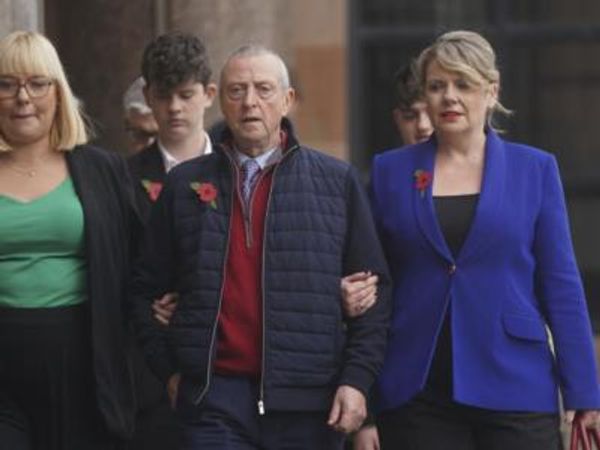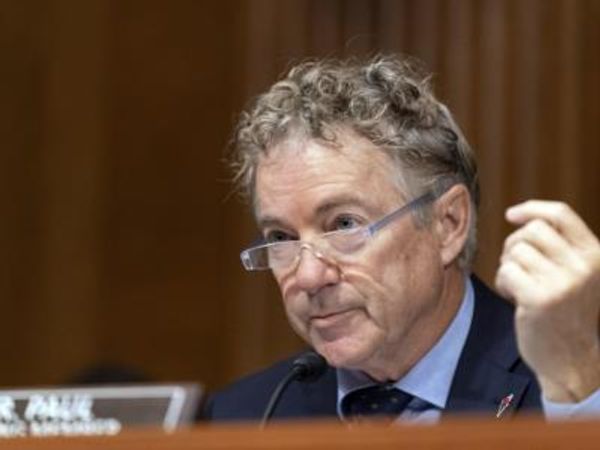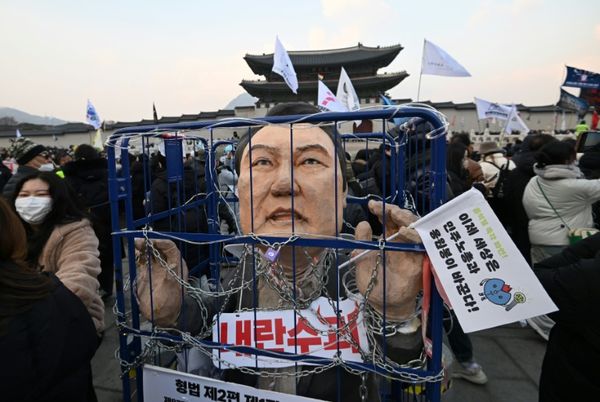
Australia would have had several new submarines in the water by now if Tony Abbott had had his way in 2015. Instead, we’re condemned to decades of waiting for the improbable pipedream of new nuclear-powered subs.
Abbott was that rare politician who was prepared to call bullshit on Australia’s obsession with manufacturing. Faced with demands by multinational carmakers for more subsidies and big wage cuts to keep operating in Australia, the newly elected Abbott government dared them to leave. General Motors and other carmakers left, ending billions of dollars of subsidies for US and Japanese corporations to manufacture cars — which Australians didn’t want to buy anyway — more poorly and more expensively than overseas.
To replace the Collins-class submarine fleet, Abbott was eager not to repeat the mistake of the previous model, a bespoke Australian submarine manufactured here. Instead, he wanted a boat bought off the shelf from Japan: the Japanese Navy’s Sōryū-class submarine. This was in line with the thinking of the Kinnaird review of defence procurement in 2003, which identified the Australian military’s predilection for bespoke and modified solutions over off-the-shelf acquisition as a major problem in defence procurement.
Abbott was partly motivated by his good relationship with the late Japanese prime minister Shinzo Abe and his desire for closer strategic relations with Japan, but mostly because he knew the Japanese could build the boats at a reasonable price and quickly. By late 2014, Japan had already launched five of the Sōryū vessels and was about to launch a sixth, and was producing them at a rate of nearly one a year. A fleet of eight boats would cost around A$20 billion, the Japanese said, and they could start producing them within 18 months.
In late 2014, according to defence analysts, Abbott told Abe he would award the contract to Japan.
But the pushback from the parochial and protectionists had already begun. The South Australian government began complaining in mid-2014 about how the new subs should be built in South Australia. Then defence minister David Johnston had notoriously said that the Australian Submarine Corporation (ASC) couldn’t build a canoe.
That wouldn’t have mattered so much, except that by late 2014, Abbott’s leadership was increasingly under threat following the political disaster of the 2014 budget and Abbott’s repeated missteps under the guidance of chief of staff Peta Credlin. Abbott’s absurd decision to hand one of his new “knights and dames” gongs to Prince Philip was just a couple of months away. That would lead to the “empty chair” leadership spill that Abbott won but at a terminal cost to his leadership.
To shore up his position with his MPs, Abbott abandoned the Japanese submarine project. He promised South Australian MPs the new fleet would be put to open tender, enabling the ASC to bid. The South Australians were able to exercise disproportionate influence because of concerns the Liberals would lose a slew of seats in that state, including that of influential moderate leader Christopher Pyne, if the subs weren’t built in South Australia — an outcome the RAND corporation explained would mean spending at least 40% more than buying them off the shelf.
In the wake of his “good government starts today” momentary reprieve in February 2015, Abbott backed away entirely from the deal with Abe. His removal in September of that year by Malcolm Turnbull, with Pyne elevated to the Industry portfolio and Marise Payne to Defence, paved the way for the switch to the far more expensive conventional version of the French Barracuda-class nuclear attack submarine.
What if Abbott had had his way? A contract with Japan would have been signed in 2015. Production would have commenced in 2016, with the first boat possibly available by 2018. In the years since then, the Japanese have reliably produced one submarine in March every year, the last with lithium-ion batteries. They have now moved on to manufacturing their new-generation sub, the slightly heavier and more advanced Taigei-class boats.
Taking the Japanese at their word, Australia might have had seven of the eight boats by now. But let’s apply an element of caution to the timeline and costings promised by Japan and double both. That still means we’d be about to receive our third vessel and on our way to spending $40 billion. In terms of performance, the Sōryū-class boats have been rated by independent observers as some of the best conventional subs in the world. And we’d have the leisure time to properly consider a switch to nuclear submarines in the 2040s — preferably to the Naval Group’s superior Barracuda-class sub.
None of that happened. Yes, it’s on Tony Abbott. But it’s also a reflection of the parochialism and protectionism embedded in Australian politics, our extensive defence industry lobby, and the media. And taxpayers will pay a price in the hundreds of billions for decades to come.
Should Australia have backed Tony Abbott’s submarine decision? Let us know your thoughts by writing to letters@crikey.com.au. Please include your full name to be considered for publication. We reserve the right to edit for length and clarity.







